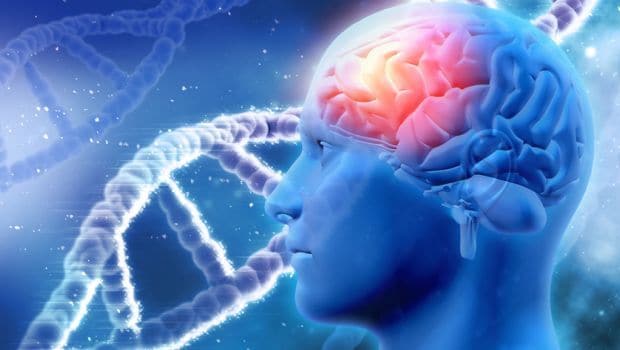
If there’s one category of movies that has us sitting on the edge is a horror movie. We can’t really say that we love watching them but we sure are always intrigued by the screenplay. It’s almost like a rollercoaster ride of emotions – one moment you are calm, another moment scared, then happy and suddenly you are screaming and stressed. Probably that’s what makes those movies so popular is because of the thrill that comes along with it. It’s never one straight line. There’s just so much going on in the different corners of our brain. Those scary scenes stay in our mind for a few days. According to a new study done by University of California, Irvine (UCI) in the US, horror scenes can help in identifying a key neural pathway in humans that explains how our brain processes feelings of fear and anxiety. This finding could help unlock new ways to treat mental health disorders.
People are motivated to remember fearful events, because this information is useful for daily survival. Yet over-interpretation of fear may lead to anxiety and other mental disorders, researchers said. As part of the investigation, nine daring participants were shown a series of unsettling scenes from horror movies, while deep brain electrodes were used to record their neural activity in the amygdala and hippocampus, the parts of the brain crucial for emotion and memory.

“Using this method, we can actually look at how the brain processes information millisecond by millisecond,” Jack Lin, Professor of Clinical Neurology, told Digital Trends. “What we found is that when someone sees a fearful image, the amygdala extracts the salience of that information to work out how important it is to that person’s daily survival. Then it sends that message to the hippocampus to make sure that it pays attention. This modulation only occurs when a person sees a fearful image.
When they see a peaceful scene, it doesn’t happen.” Lin said that previous studies have used still images to try and elicit fear, although these have not worked nearly as effectively. In future studies, he’d like to find ways of making things even scarier — although all within the ethical boundaries of such research, of course. So how does this potentially help people? “We ultimately want to use this for therapy,” Lin continued. “We want to know how the brain operates at a circuit level. The brain, its circuits, and the code it uses to communicate are inherently rhythmic. If we know about this we can determine when the circuit is over-activated.”
That could mean helping people with anxiety disorders to modulate fearful reactions, using the same kind of deep brain therapy already being used to treat Parkinson’s disease. “Long-term, we could think about disrupting this circuit to undo the hyperactivity,” he said. Finally, for our own interest as movie buffs, we asked Lin which footage turned out to be the scariest. “Its faces,” he said. “It’s not gore and blood that fills people with fear. People get used to that pretty quickly. But there’s something intrinsic about faces. We react to them every day, and when we see the facial expressions of people experiencing fear that’s when we get scared ourselves.”
The study was supported with funding from the National Institute of Neurological Disorders and Stroke awards 2R37 NS021135 and K23 NS060993, National Institute on Deafness and Other Communication Disorders award R01 007293, the Nielsen Corporation and the UCI School of Medicine Bridge Fund.
[“source-ndtv”]










